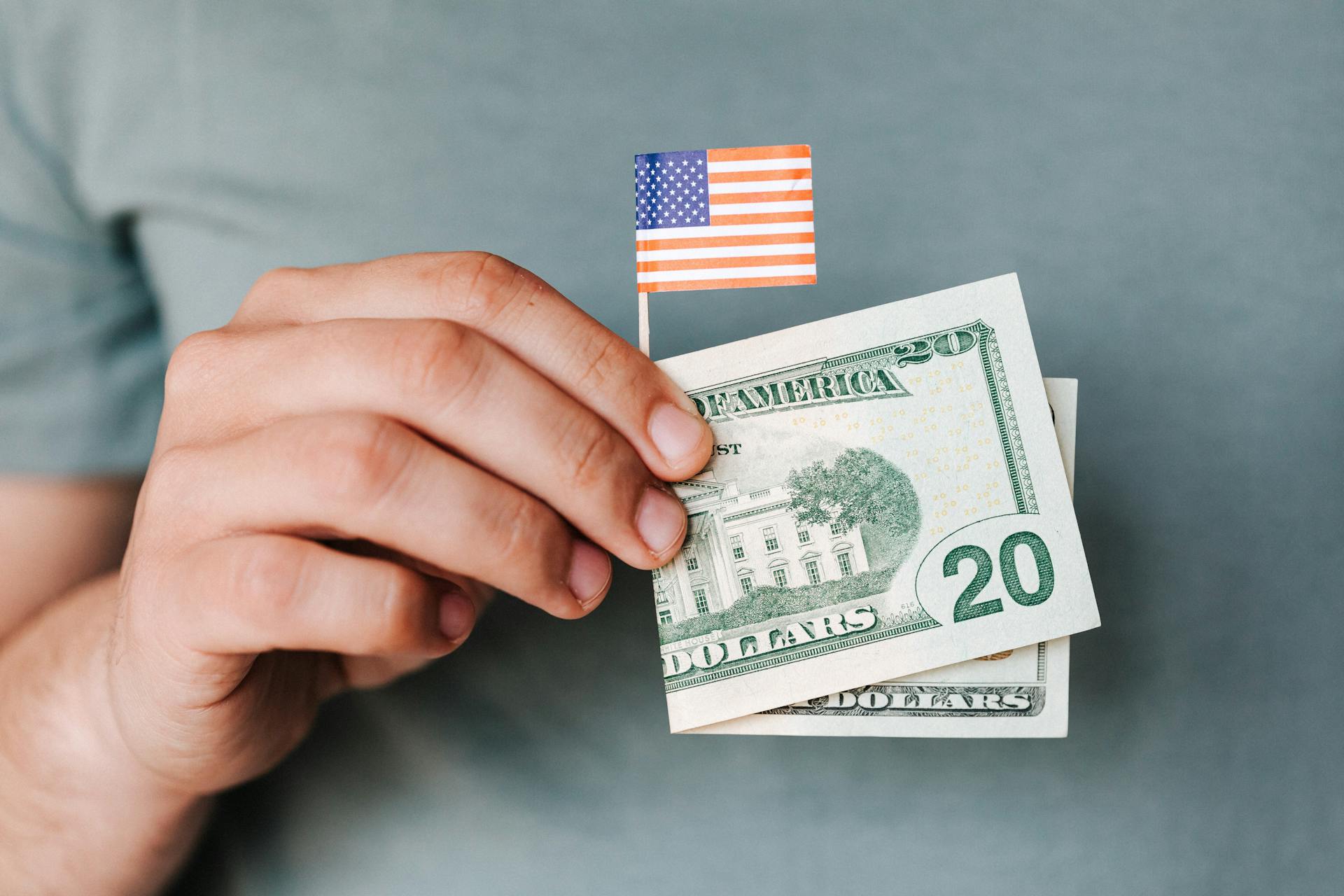Safeguarding Your Wealth: The Case for Real Assets in the Face of Growing U.S. National Debt

In a world dominated by digital transactions and virtual wealth, the growing U.S. national debt is casting a shadow over the value of our hard-earned dollars. As the debt continues to swell, so does the depreciation of the U.S. dollar, making it imperative for individuals to rethink their approach to wealth preservation. In this blog post, we’ll explore why owning real assets is becoming increasingly crucial in this economic landscape.
The U.S. National Debt and Dollar Depreciation:
The U.S. national debt has reached staggering heights, and its impact on the value of the U.S. dollar cannot be ignored. As the government borrows more money, the dollar’s purchasing power diminishes. This phenomenon is not just an economic theory—it’s a reality affecting each dollar in our bank accounts. With the rising national debt, the silent erosion of the dollar’s value is underway, creating a sense of urgency among individuals to explore alternative avenues for wealth preservation.
The Erosion of Cash:
Cash, once considered a safe haven, is now susceptible to the erosive effects of inflation exacerbated by the ballooning national debt. Simply put, the dollars tucked away in our bank accounts are losing value over time. This realization is prompting many to question the wisdom of keeping significant sums of money in traditional savings accounts. The need for a more resilient strategy has never been more apparent.
Real Assets as a Hedge:
Amidst the uncertainty, real assets emerge as a robust hedge against the depreciation of fiat currency. Unlike cash, real assets tend to retain or even appreciate in value over time. Real estate, precious metals, and commodities are tangible investments that have historically weathered economic storms. Owning such assets provides a layer of protection against the erosion of wealth caused by the growing national debt.
Diversifying Beyond the Obvious:
While real estate and precious metals are often touted as go-to real assets, there are lesser-known options that individuals can explore. Agricultural land, timber, and even rare collectibles can serve as viable alternatives. Diversifying across various real assets not only safeguards against economic downturns but also offers unique opportunities for growth.
The Urgency to Act:
As the national debt climbs and the value of the U.S. dollar declines, the urgency to act becomes more apparent. It’s time to move beyond the traditional mindset of stashing cash in a coffee can and consider the long-term implications of holding onto depreciating currency. Real assets, with their intrinsic value and potential for appreciation, present a compelling case for those seeking to protect their wealth in these uncertain times.
Conclusion:
In the face of a growing U.S. national debt and the resulting depreciation of the U.S. dollar, the importance of owning real assets cannot be overstated. Whether it’s real estate, precious metals, or alternative investments, diversifying one’s portfolio with tangible assets is a strategic move to safeguard wealth against economic uncertainties. The time to act is now—before the erosion of cash becomes irreversible. What unique assets are you holding that are destined to outperform fiat currency?
Download The QRP Book Summary
Learn how to take action to help you reach financial freedom!
Fill out the form below so I can email this to you right now!
Feeling lost with how to unlock your 401 (k)?
Get my FREE book on how to take checkbook control of your 401 (k) and IRA to help you have financial freedom.
Fill out the form below so I can FedEx you the book right away!




